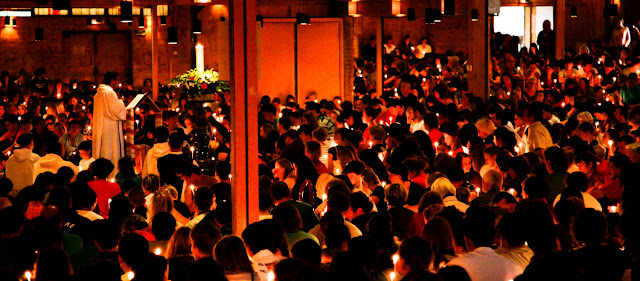 |
| American edition |
When speaking to English people about comic strips, I often smell an air of disdain on this subject. I can't really blame them; if comic strips were only associated with Donald Duck, Superman, Spiderman and the like I would not be very impressed with the idea either. However, on the continent, and certainly in countries like the Netherlands, Belgium and France nowadays comic strips are widely appreciated, by children, grown-ups and intellectuals alike. When I was a kid however, times were slightly different. I sometimes borrowed a comic strip book (like Lucky Luke, "the man who shoots faster than his shadow") from my little friends, and my parents frowned upon it. Even Donald Duck was seen as a danger for my sensitive children's soul…. My parents found a solution, and made me a member of the public library. The problem with the books there was simple: the library decided which books were appropriate for your age group, and I was condemned to the equivalent of the Ladybird books, whilst knowing there were good, thrilling books available about e.g. Cowboys and Indians. Fortunately I had friends whose parents were not as narrow-minded (or as observant) as my parents were, and I managed to borrow decent books for young boys, like the Winnetou and Old Shatterhand series (Westerns) by the German writer Karl May or the translated "Famous Five" books by Enid Blyton. Anyway, that is how I discovered
Classics Illustrated.
 |
| Dutcch edition |
Of course in those days I was unaware of the fact that this was originally an American series with translated books from world literature in small size comic strip form. They were simply great books with juicy stories. My memory fails me, but somehow titles like "Robinson Crusoe" and "Moby Dick" spring to mind. It definitely was my first encounter with great books of great writers, albeit in condensed comic strip format. In later life I caught up reading the originals.
A few weeks ago I entered, unsuspectedly, the Tabac in Cormatin to buy a newspaper, when I noticed on the shelf a comic strip edition of "Around the world in 80 days", in French, published by Le Monde.
 |
| French edition |
Since I like comic strips as well as Jules Verne, I bought the book and finished it in no time. It appeared, that Le Monde has a series in the making not dissimilar to Classics Illustrated. The 2nd book was "Treasure Island", the 3rd "The hunchback of Notre Dame". At the back there was an overview of the volumes to be published, with titles not dissimilar to those published in my youth. However, these books are printed on proper paper, in colour, and in French standard Comic Book size. If you want to read a book in French, and you have a choice between a Comic Strip in two volumes of 48 pages each (Like "The wretched"), or the original version of over 1200 pages, which is using the passé simple all the time, the choice is not so difficult. The only dilemma I have is this: am I going for the full series of 29 volumes at € 9.00 per volume, or am I going to skip the titles I am not terribly keen on (like "Jungle Book" or "A Christmas carol")? As a habitual collector, which I certainly am, skipping volumes does not sound very professional….
 |
| The first three volumes of Le Monde's series |
For our own website
click here.







